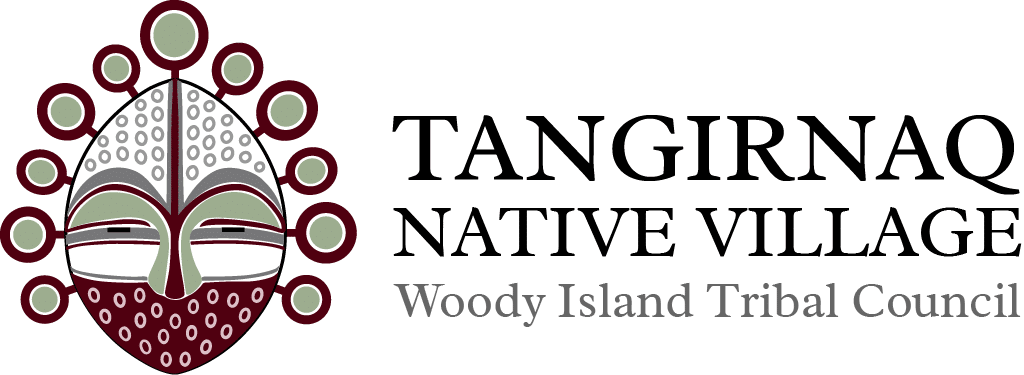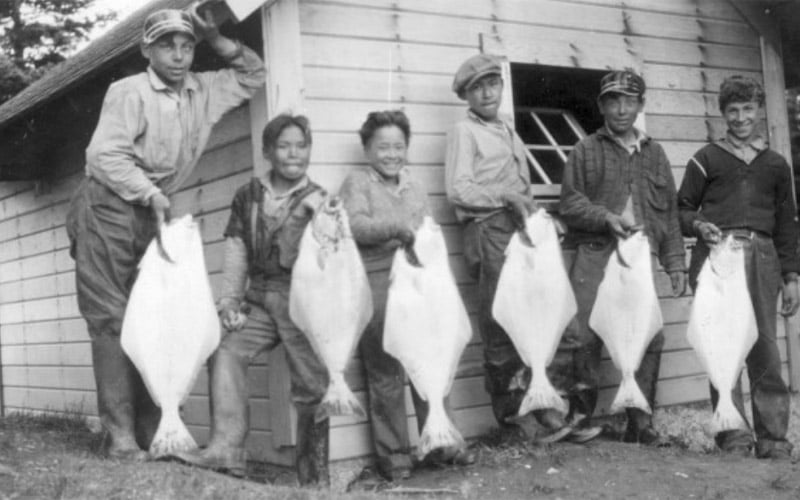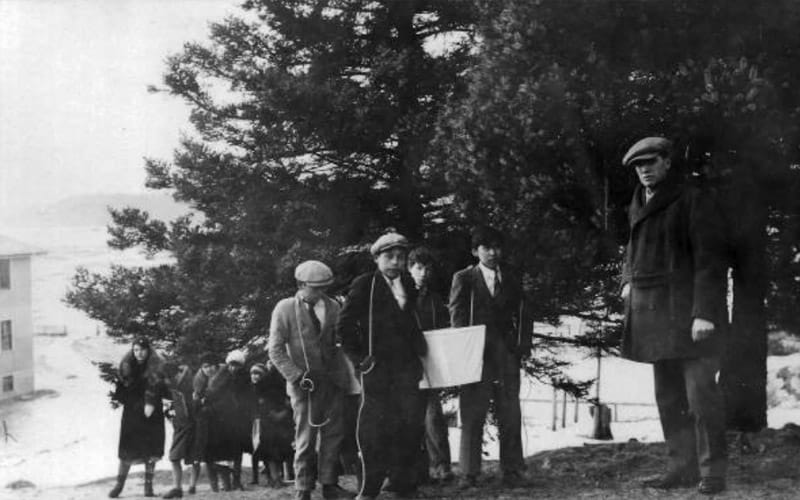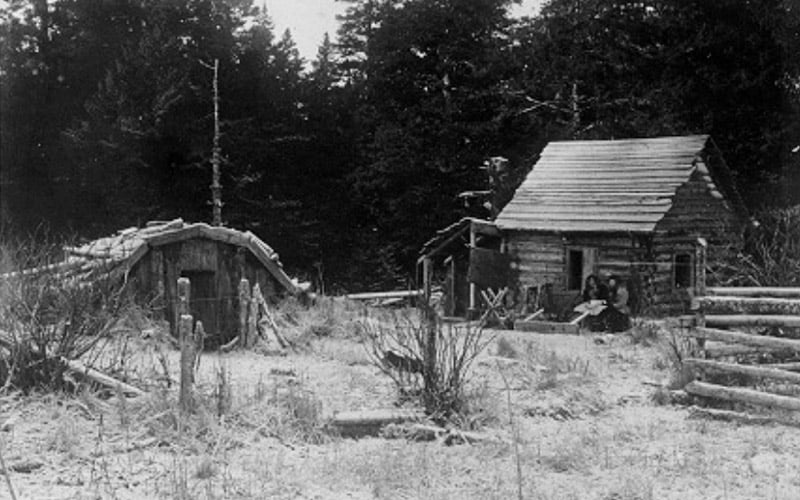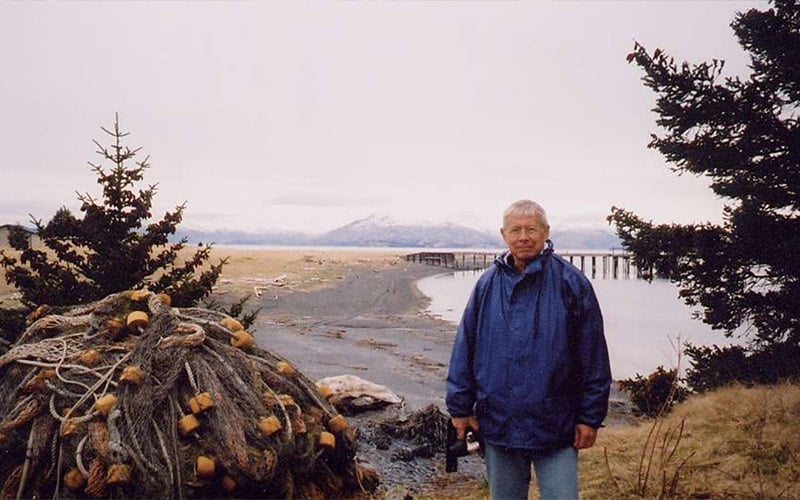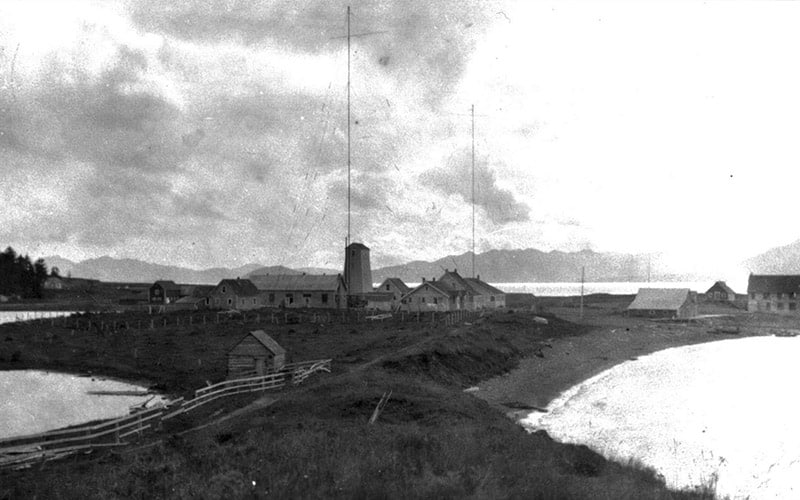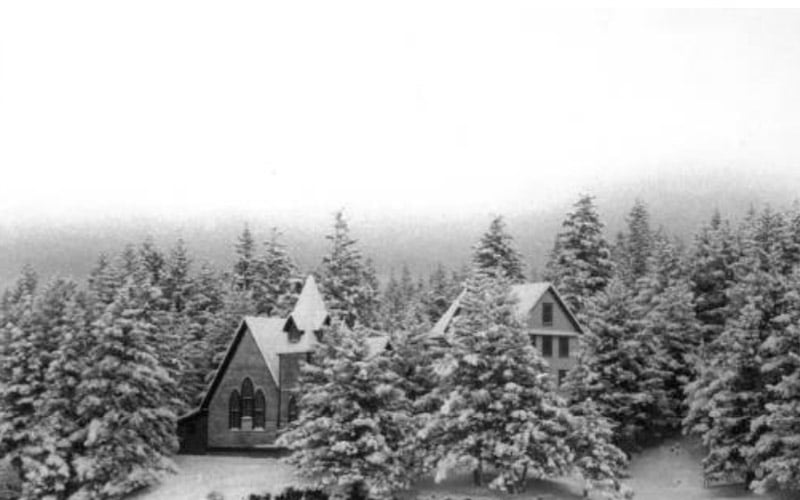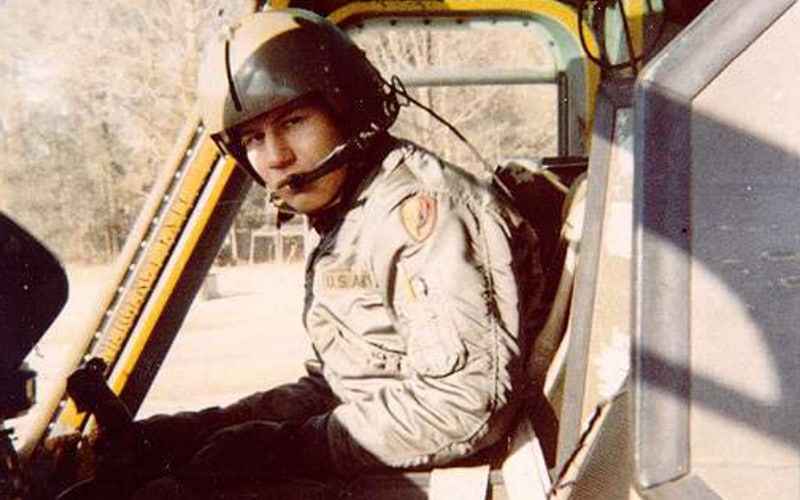A History of Woody Island
Woody Island is a small island that lies at the northern entrance to Chiniak Bay, just two miles from the city of Kodiak. It is part of the outlying islands that provide shelter for Kodiak’s harbors. Woody Island is four miles long and two miles wide. It has seven small lakes and about thirteen miles of coastline. By Kodiak standards this is small island, yet is has a rich and remarkable history.
Archaeological data indicates that the Sugpiaq Alutiiq people occupied the island for a millennia. Prehistoric sites are common on Woody Island. When Russian traders arrived, the major Alutiiq village in northern Chiniak Bay was on Woody Island’s western coast. Known by its Sugqiaq name, Tangirnaq, this village was home to hundreds of residents who called themselves Tangirnarmiut, “the people of Tangirnaq.” The Russians called this settlement Ostrov Leisnoi or, “wooded island.”
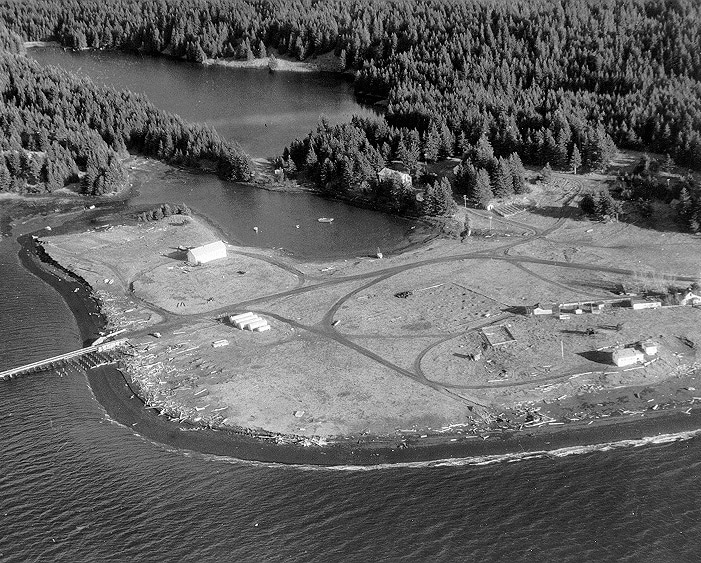
1852
The Russian-American Commercial Company operated an ice company on the island beginning in 1852. They dammed Lake Tanignak, increasing its depth substantially. They cut and shipped ice south to the west coast of America. The company brought in the first iron rails to haul ice and horses. Horse-powered saws cut the ice into blocks and a sawmill was built to produce sawdust that was used to insulate the ice for shipment. The first road built in Alaska was graded around Woody Island to allow the horses to be exercised.
1867
In 1867 the Russian-American Commercial Company was renamed the Kodiak Ice Co.
1893
Ernest and Ida Roscoe founded a Baptist orphanage and church on Woody Island in 1893. This provided a home for some children who were in need, but it also led to many conflicts with Native families over the custody of their children. The Baptist missionaries sometimes brought children to the orphanage, even against their parents’ will. They also discouraged the practice of Russian Orthodoxy, which was the faith of most Woody Islanders at that time.
1941
World War II brought more changes to Tangirnaq. A communications station was built in 1941, along with houses for the many families who joined the men employed there.
1942
Beginning in 1942, a great number of the island’s trees were cut down by the Army to support the war effort in the Aleutians.
1950
During the 1950’s, the American Baptist Church began offering a non-denominational summer camp (Camp Woody) on the island, which is still in operation today. The FAA still maintains a radio beacon on the island for aircraft directional use. There is no longer any public transportation to the island. The majority of land on Woody Island is private property, except for a wilderness area belonging to Alaska State Parks. A number of people still hunt and fish the lands and water of Tangirnaq. The island is inhabited today by two “hermits” and is visited by two families owning summer homes. They, along with others, will always consider Woody Island to be their home.
1960
Finally, in the 1960’s, the public school was closed and children began to attend school in Kodiak. For a while, people remained on Tangirnaq, preferring to travel to and from Kodiak for school and work. However, when ferry service was discontinued after 1970, most residents moved to Kodiak permanently.
